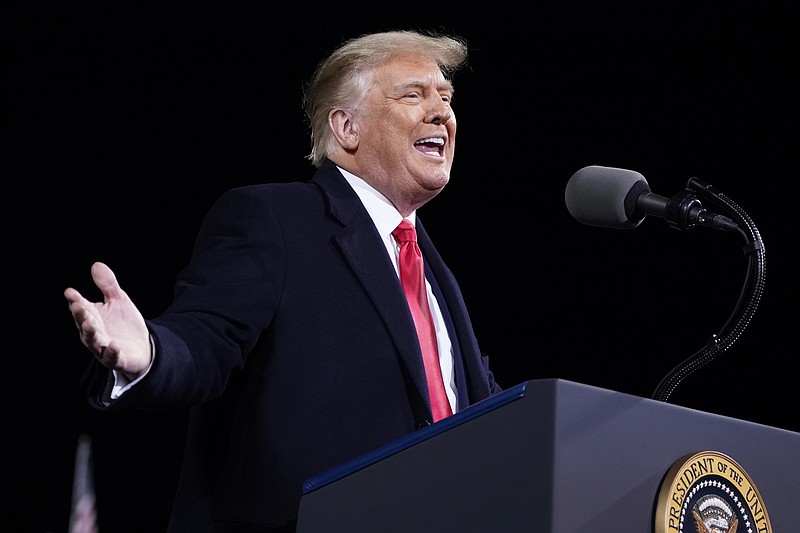WASHINGTON -- The Trump administration Monday rejected setting tougher standards on soot, the nation's most widespread deadly air pollutant, saying the existing regulations remain sufficient even though some public health experts and environmental justice organizations had pleaded for stricter limits.
The agency retained the current thresholds for fine particle pollution for another five years, despite mounting evidence linking air pollution to lethal outcomes from respiratory illnesses, including covid-19, the disease caused by the coronavirus. Documents obtained by The Washington Post show the Environmental Protection Agency has disregarded concerns, raised by other administration officials, that several of its air policy rollbacks would disproportionately affect minority and low-income communities.
In its decision announced Monday, the EPA maintained that the Obama-era levels, set in 2012, adequately protect human health. Agency scientists had recommended lowering the annual particulate matter standard to between 8 and 10 micrograms per cubic meter in a draft report last year, citing estimates that reducing the limit to 9 could save between 9,050 and 34,600 lives a year.
The current national standards limit annual concentrations of soot and other chemicals to 12 micrograms per cubic meter of air. Emissions on specific days are allowed to be as high as 35 per cubic meter, a standard set 14 years ago.
These fine particles -- which measure less than 2.5 micrometers in diameter, or a 30th the width of a human hair -- can enter the lungs and bloodstream, causing inflammation that can lead to asthma, heart attacks and other illnesses.
During a call with reporters Monday, EPA Administrator Andrew Wheeler said the agency's decision "comes after careful review of the most rigorous scientific evidence," as well as consultation with the agency's outside scientific advisers, consideration of tens of thousands of official comments and input from five public meetings.
"I got multiple recommendations," he said, referring to the standards. "Every scientist can take a look at this and reach a different conclusion."
Wheeler also said that particulate matter pollution has fallen during the Trump administration and that the nation's levels remain five times below the global average and are lower than levels in France, Germany and the United Kingdom.
"The U.S. now has some of the lowest fine particulate matter in the world," he said.
An EPA advisory committee was made up of outside experts split on the question, with some members calling for tighter standards and others arguing the current rules remain sufficient. Ultimately, Wheeler decided this spring to maintain the existing standards for fine particulate matter.
"The United States has some of the cleanest air in the world, and we're going to keep it that way," Wheeler told reporters at the time. "We believe the current standard is protective of public health."
Several major business groups, including the U.S. Chamber of Commerce and the American Petroleum Institute, backed the administration's decision to retain the existing standards, noting that annual concentrations of fine particulate matter are down by 39% since 2000.
The chamber commended the agency's decision Monday, calling it "a testament to successful collaboration between EPA, states and industry to develop and adopt new emissions control technologies and practices in a sound, cost-effective manner."
Monday's decision marks the Trump administration's latest move in a long-running effort to ease industrial regulation. The White House has rolled back more than 125 environmental safeguards during Trump's time in office, according to a Post analysis, with plans to finish nearly a dozen more by mid-January.
